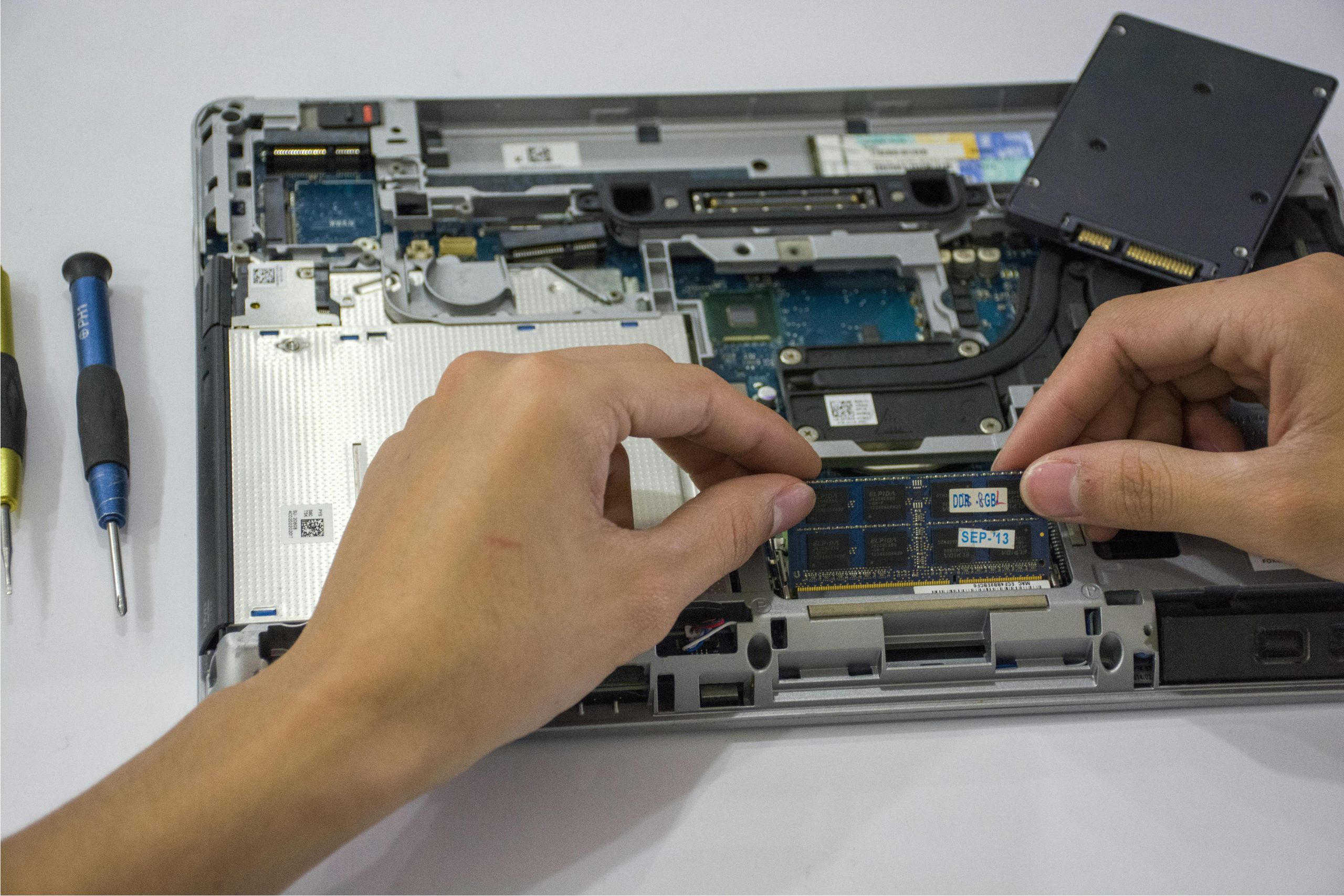Troubleshooting INACCESSIBLE BOOT DEVICE Error When Cloning from M.2 SATA to NVMe
Introduction
If you’ve ever faced the frustrating “INACCESSIBLE BOOT DEVICE” error during the process of cloning your SSD, you’d know just how disheartening it is—especially when you believe you’re following all the right steps. This blog post addresses a specific case involving the cloning of a Windows installation from an internal M.2 SATA SSD to an NVMe SSD in a laptop setting. We’ll explore this challenge, outline potential solutions, and discuss what else one might try to achieve a successful clone.
The Scenario
Imagine working with an HP Pavilion Power 15-cb0xx, originally equipped with a Sandisk SD8SNAT-256G SATA SSD, and you’re keen on migrating your entire Windows installation to a Western Digital SN750 SE NVMe SSD. With only one M.2 slot and a single SATA port connecting the system to a magnetic HDD, you are somewhat limited in options. However, the BIOS does not provide settings to toggle between AHCI or RAID modes, yet it appears to operate under AHCI based on insights from Device Manager. Your SSD is formatted as GPT, and your system is booting Windows 10 in UEFI mode, with Secure Boot turned off by default.
Despite your efforts with popular cloning tools like CloneZilla and Acronis True Image, the same frustrating error persists, manifesting as a BSOD upon startup. Occasionally, you can boot into Windows Recovery Environment (RE), where it recognizes your Windows installation and prompts you for your user credentials—quite a puzzling situation!
Your Attempts So Far
You’ve certainly put forth an impressive effort to troubleshoot the issue:
-
BCD Manipulation: Attempting to adjust the Boot Configuration Data (BCD) and restoring the EFI GPT partition did not yield the desired results, despite the BIOS recognizing the EFI boot.
-
Driver Preparation: Before initiating the clone, you proactively installed NVMe drivers and modified the Windows Registry to ensure
stornvmewould load upon boot. Your initiative extended to loading other IAStor drivers as well, yet without success. -
Driver Updates: You’ve updated the Intel Rapid Storage Technology (RST) drivers to their maximum supported versions prior to the cloning attempt.
-
Alternative Cloning Approaches: In a creative twist, you considered cloning the M.2 SATA SSD to a
Share this content:




Dealing with the INACCESSIBLE BOOT DEVICE error after cloning your Windows installation to an NVMe SSD is a common challenge, especially when transitioning from SATA to NVMe. Here are some additional steps you can try to resolve this issue:
(Replace C:\Windows with your actual Windows partition if different, and ensure your EFI system partition is correctly assigned.)